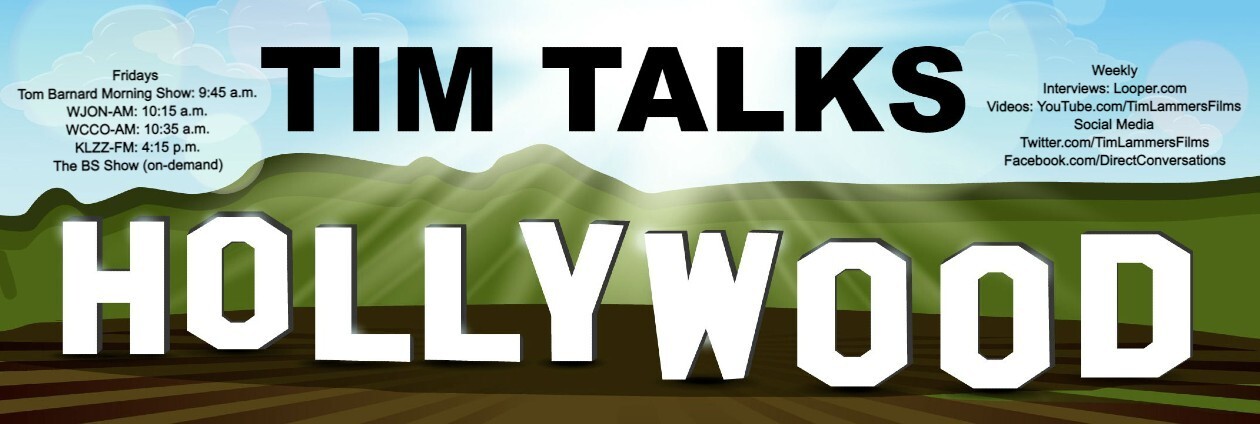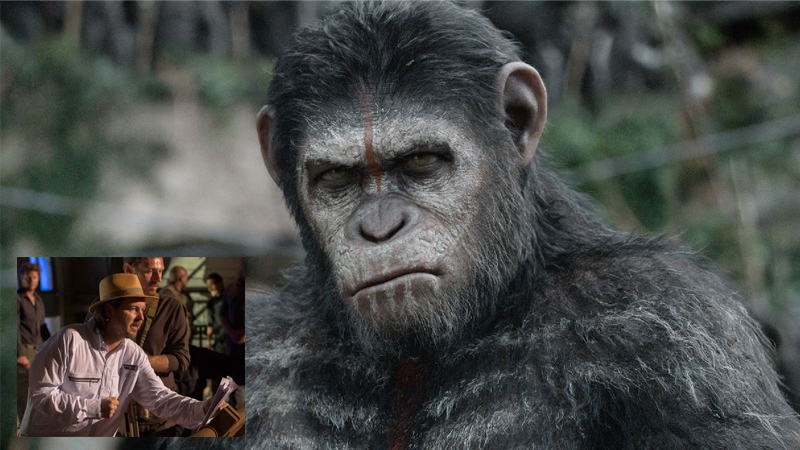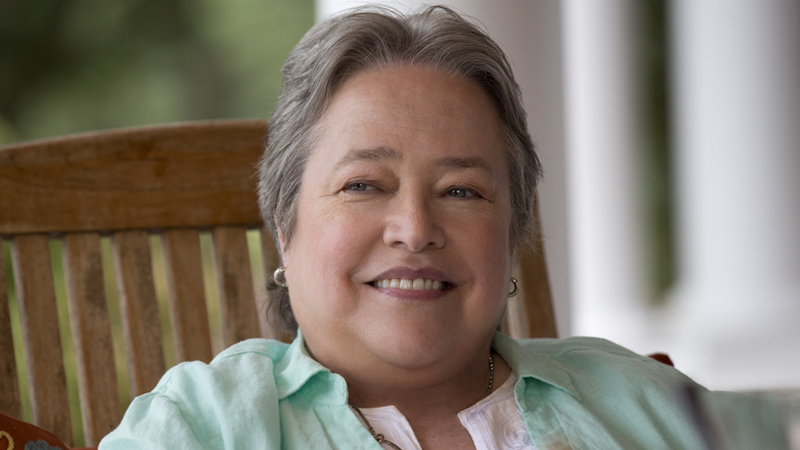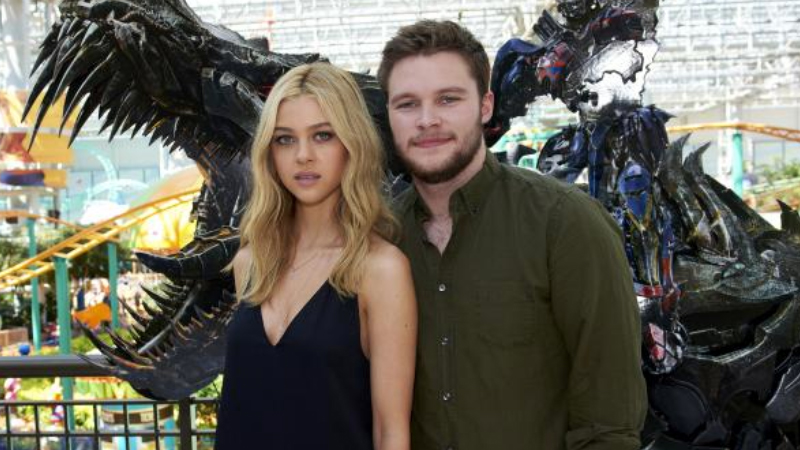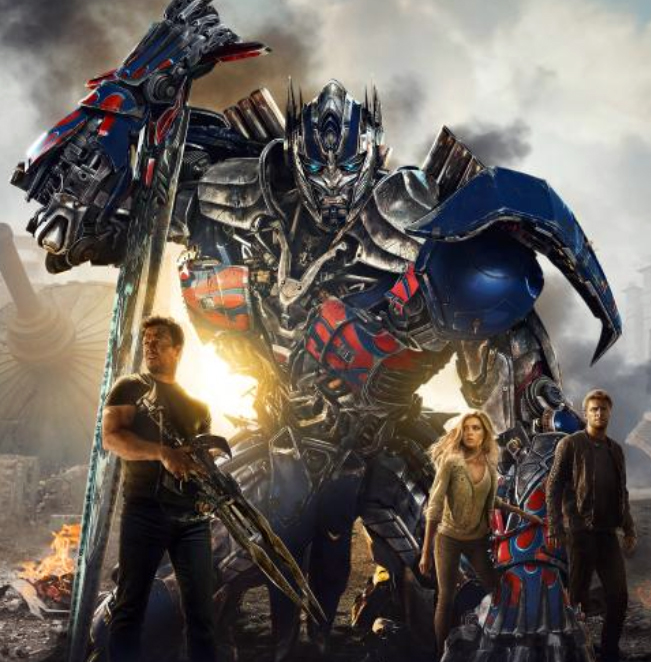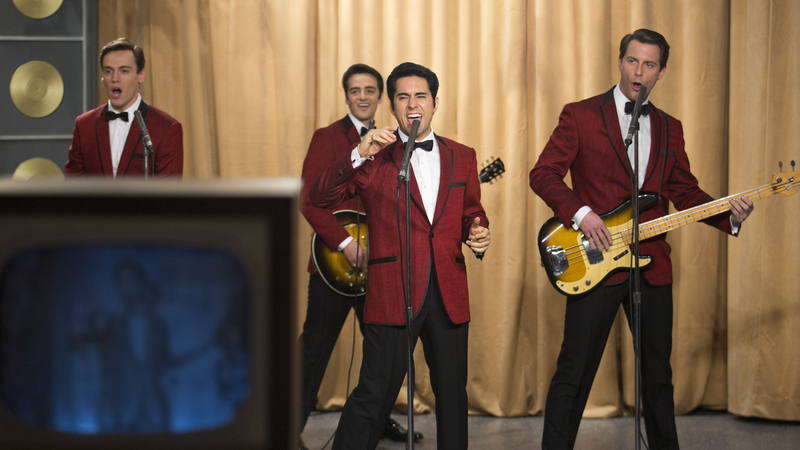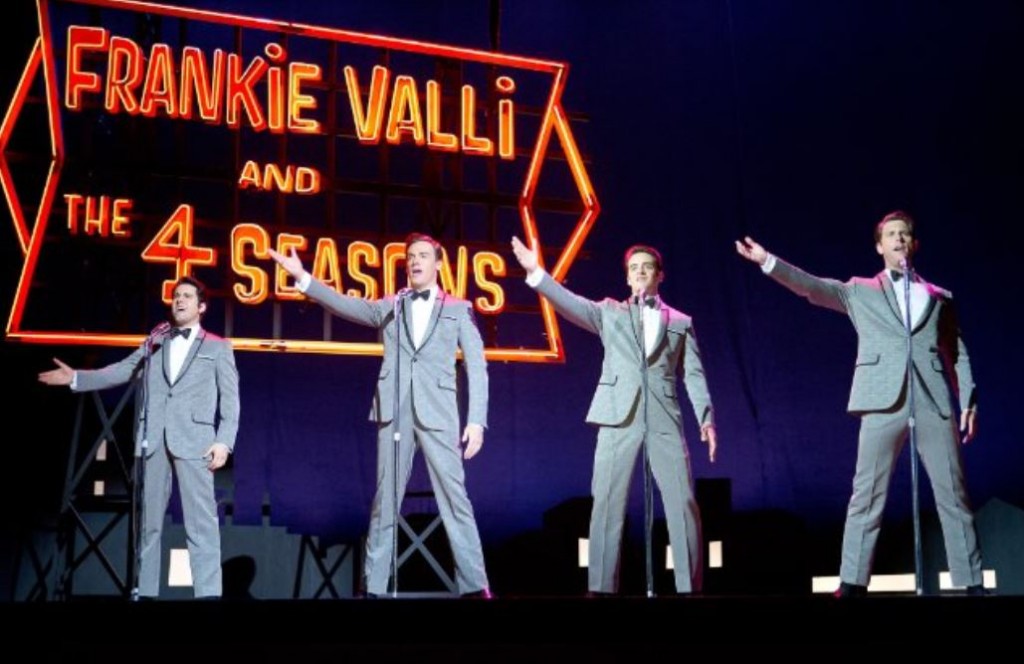Smack dab in the middle of a summer movie season where most of the films don’t require audiences to give their brains a workout, director Matt Reeves clearly has something different in mind for audiences of the sci-fi sequel “Dawn of the Planet of the Apes.”
Much like “Dawn’s” predecessor “Rise of the Planet of the Apes” and the classic films in the “Apes” franchise, Reeves said he wants you to think about what you’re seeing.
“The intent behind ‘Dawn of the Planet of the Apes’ was to try and honor the tradition of where these films come from,” Reeves told me in an interview Thursday. “We wanted to do a movie that was going to entertain you, but that also had ideas and emotion behind it.”
Opening nationwide Friday in 2D and 3D theaters, and on large-format screens, “Dawn of the Planet of the Apes” is set 10 years after the end of “Rise,” when the Earth’s human population has been decimated by the human-made Simian Flu virus.
A group of survivors find hope, though, in the redwoods outside of San Francisco, where the chance of restoring power rests in the same area where the highly intelligent ape Caesar (Andy Serkis) and his large band of evolved primates live. First viewing the humans as a threat, Caesar begins to regain trust and allows the humans do their work — at least until ape and human detractors each find a way to incite a war.
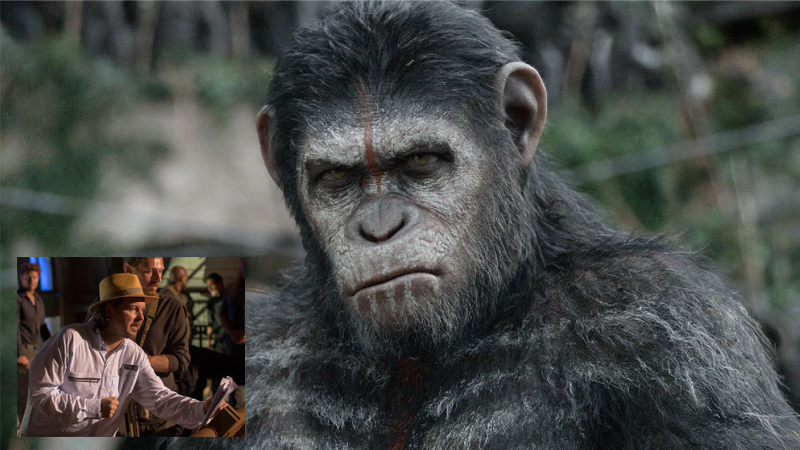
A fan of the original “Planet of the Apes” since he was a kid, Reeves said the 1968 film to him was what “Star Wars” was to others. Finding the original film terrifying, thrilling and intellectually challenging all at the same time, signing on to direct “Dawn” was a no-brainer for the filmmaker. The bonus, Reeves says, was the story and technology that helped jump-start the franchise again in 2011.
“Doing the film was a really special experience in many ways, especially to go back into the world of my childhood because of how big a fan I was of those movies,” Reeves explained. “Then as adult, one of the things that I loved about ‘Rise’ was how the technology and Andy Serkis’ performance actually allowed you to become an ape. It changed the perspectives in whole new way. In the original film it was about watching Charlton Heston trying to figure out what was going on and being fascinated by the apes, but in ‘Rise,’ you actually become Caesar.”
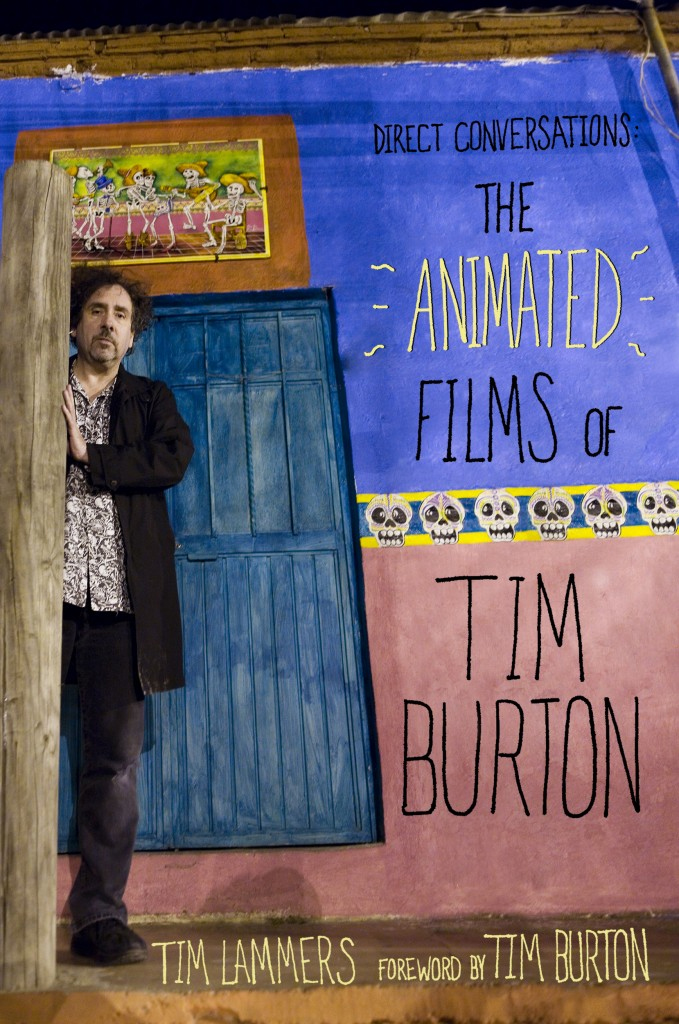
Unique new direction
While there are fewer homages to the 1968 “Apes” than there are in “Rise,” “Dawn” still refers to its original source material, including scenes of apes on horseback and the use of the iconic edict, “Ape shall not kill ape.”
Reeves said weaving the classic material into the “Apes” franchise is exciting because it gives him the opportunity to create fresh stories while laying the groundwork for where the franchise is headed — the story that propels the 1968 movie.
“For me, the big thing was to try and be aware of entering the ‘Apes’ universe, but at the same time try to do something we haven’t quite seen yet and go along the same trajectory toward the 1968 movie,” Reeves explained. “The world of ‘Rise’ and ‘Dawn’ is so different than the 1968 movie, so the fun of that is, is to try to imagine how our world becomes the world of the original.”
Unlike the reference at the end of “Rise,” “Dawn” doesn’t mention the manned rocket getting lost in orbit and losing contact with Earth. But Reeves, who is signed on to direct the next “Apes” film, said just because they’re didn’t talk about the Icarus in “Dawn,” doesn’t mean the idea of wayward spaceship is lost, well, in space. After all, the return of the spaceship to Earth is what sets the 1968 movie in motion.
“I still find it interesting that when I first got involved in ‘Dawn,’ somebody asked me if it was boring knowing what the end of the story was, as long as you know that it becomes the world of the 1968 film,” Reeves noted. “I said that knowing that world was the most exciting part.”
That’s because, Reeves explained, the stories being told through the “Rise” and “Dawn” movies “don’t tell you about what happened, but about how it happened.”
“The idea of exploring the how and the why through Caesar and future generations makes it like an epic, mythic and exciting generational ‘Apes’ story to me,” Reeves said. “I’m actually hoping that we don’t get to the 1968 story too soon because there’s a rich story to be told along the way, but I definitely want to get there. I think that’s the part of the fun of the story, knowing that the Icarus comes back down and the astronauts return not knowing where they are, only to discover the planet that Charlton Heston did in the original. That’s in our minds as we’re trying to figure out the trajectory and as we’re trying to figure out the next story.”
For now, though, Reeves is happy to focus mainly on Caesar, especially because of the conflicts he’s forced to confront in “Dawn.”
“Caesar is such a compelling and interesting hero to be because he’s got roots such strong roots in his human side and on his ape’s side,” Reeves observed. “The idea of having to reconcile that and engage in a war that he never wanted to be a part of, and how his son would react, is interesting. We were thinking, ‘Is this sort of the way to do ‘The Godfather’ with apes or something? Caesar is like Don Corleone, and as we know, ‘The Godfather, Part II’ was a father-son story with his son becoming the next leader. It’s not like we’re following that pattern with the ‘Apes’ films, but we certainly have the same sort of ambition to do character-based stories.”
Toying around
While “Dawn of the Planet of the Apes” tackles some very serious themes, Reeves said he’s been able to have a bit of fun as a fan of the franchise, too, enjoying “Apes” merchandising like the new set of “Dawn” action figures made by the toy and collectibles company NECA.
“I was really excited to see them, and to be honest, my favorite is Maurice (the baboon),” Reeves enthused. “Toys were such a big part of my childhood and imagination growing up.”
Noting how a lot of kids grow out of the habit, Reeves said was glad to find company in this writer, as he learned we’re about the same age and grew up with the same interests — namely movies and action figures.
“A lot of times I think toys are just for collectors. It’s fun to think that the people who are most excited about it are the kind of people like you and me,” Reeves said, laughing.
In a way, Reeves said, the new “Dawn of the Planet of the Apes” action figures are like a full-circle expression of what the Mego toy company’s “Planet of the Apes” figures meant to him as a child, when he filmed Super 8 movies that starred his favorite plastic playthings.
“I did a weird mash-up of ‘Star Wars’ and ‘Planet of the Apes’ where I did a movie called ‘Galactic Battles,'” Reeves recalled. “It was a grand space opera, Saturday matinee kind of stuff. I used ‘Star Wars’ figures, and instead of aliens, there were gorillas.”
